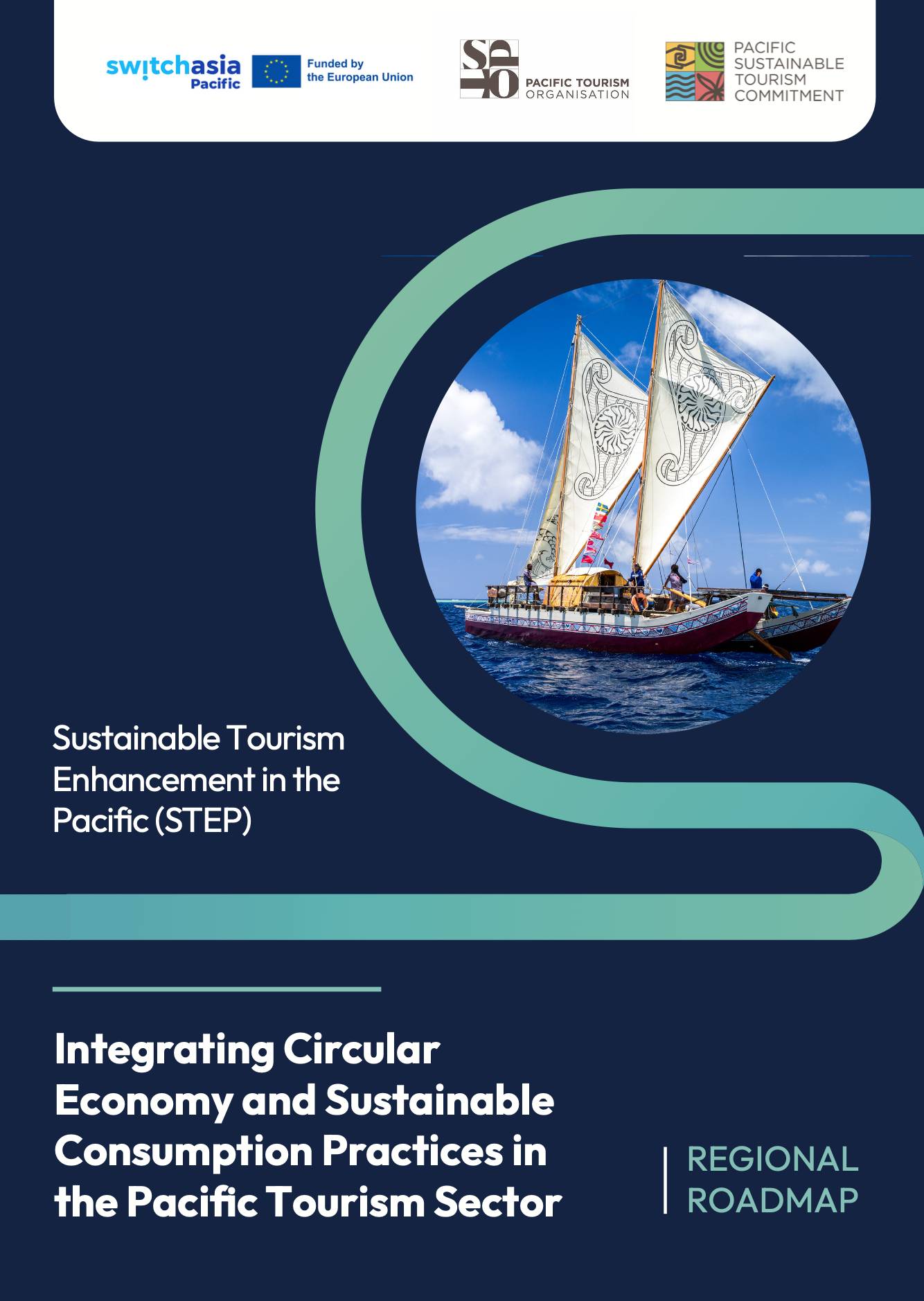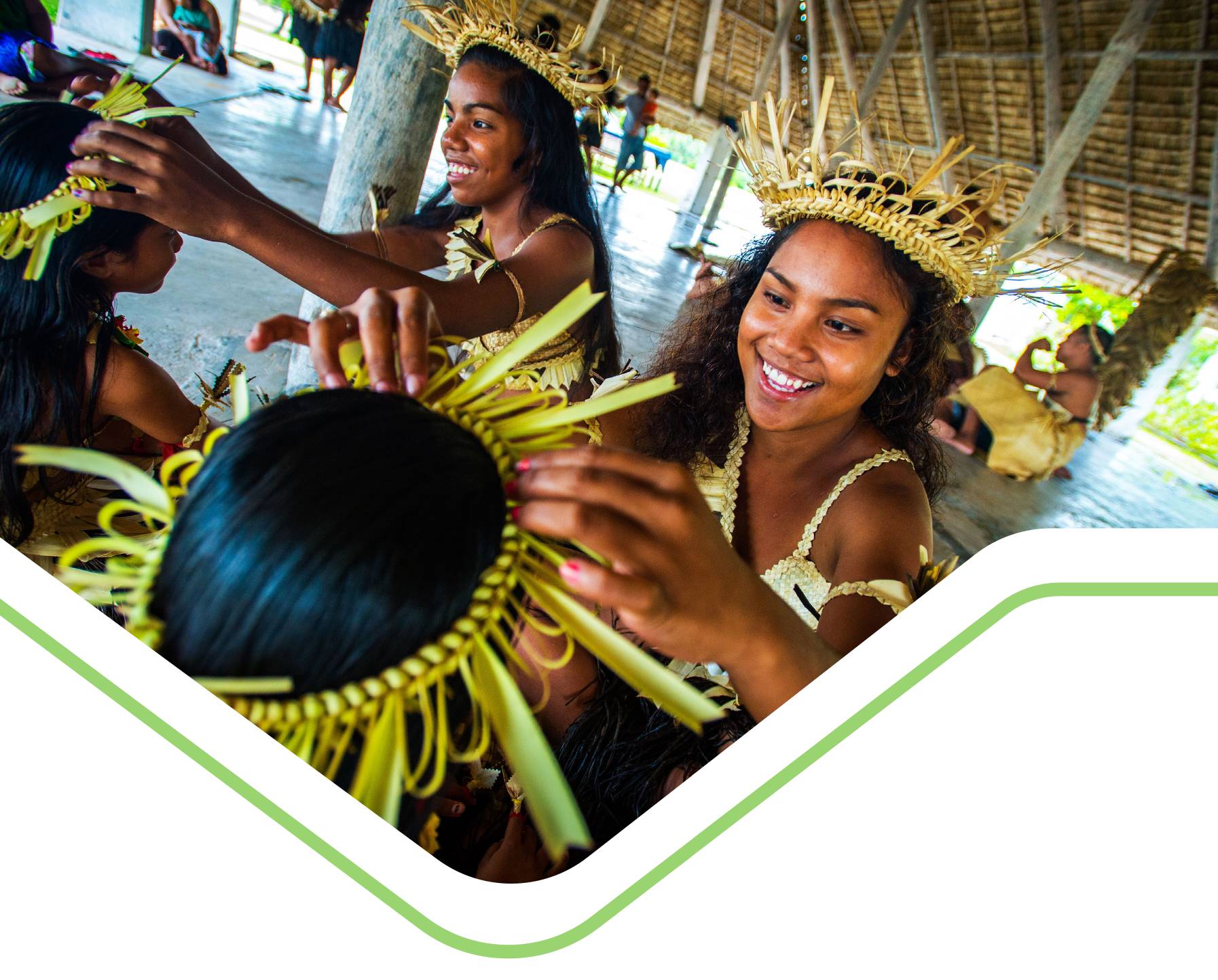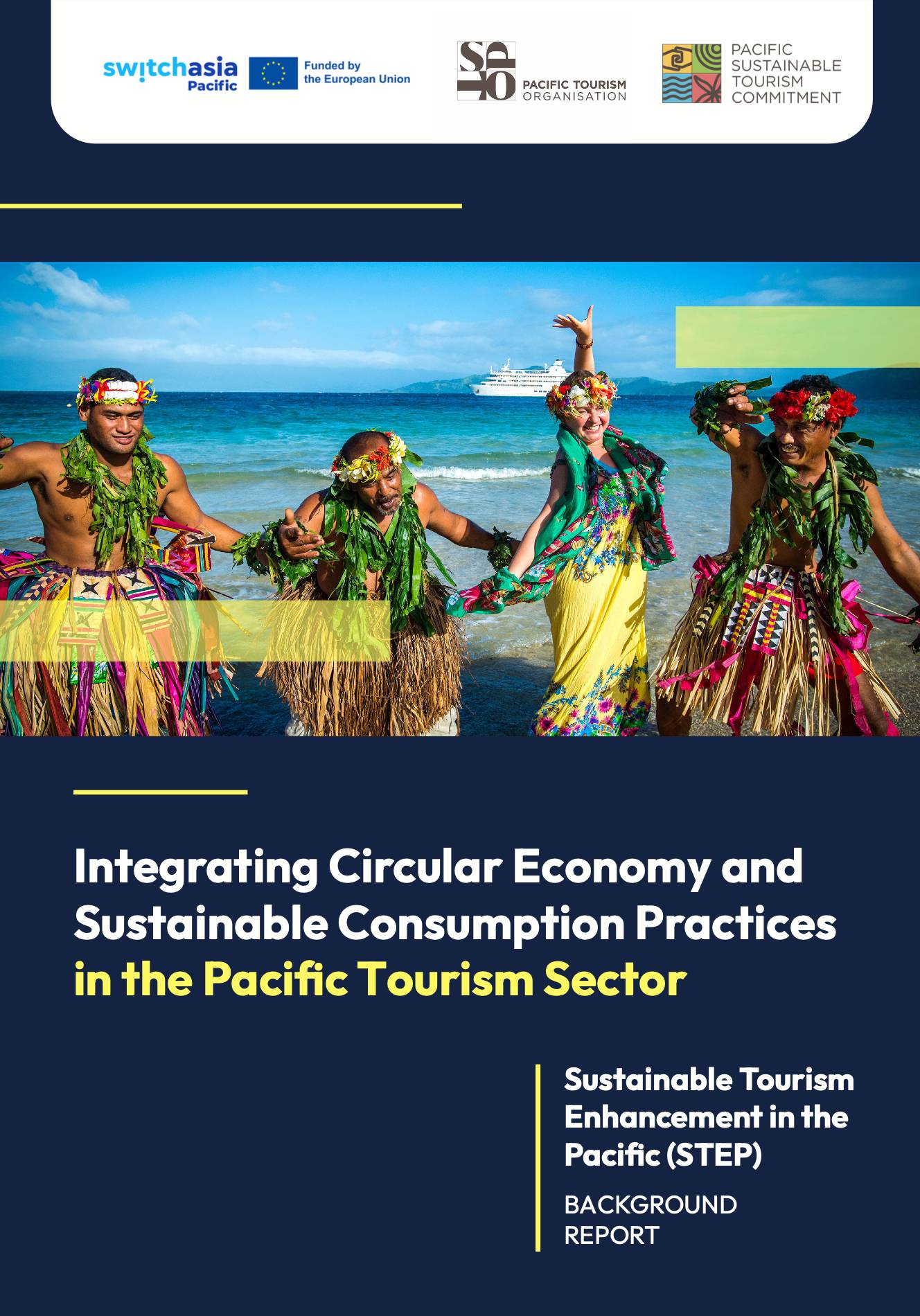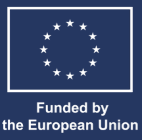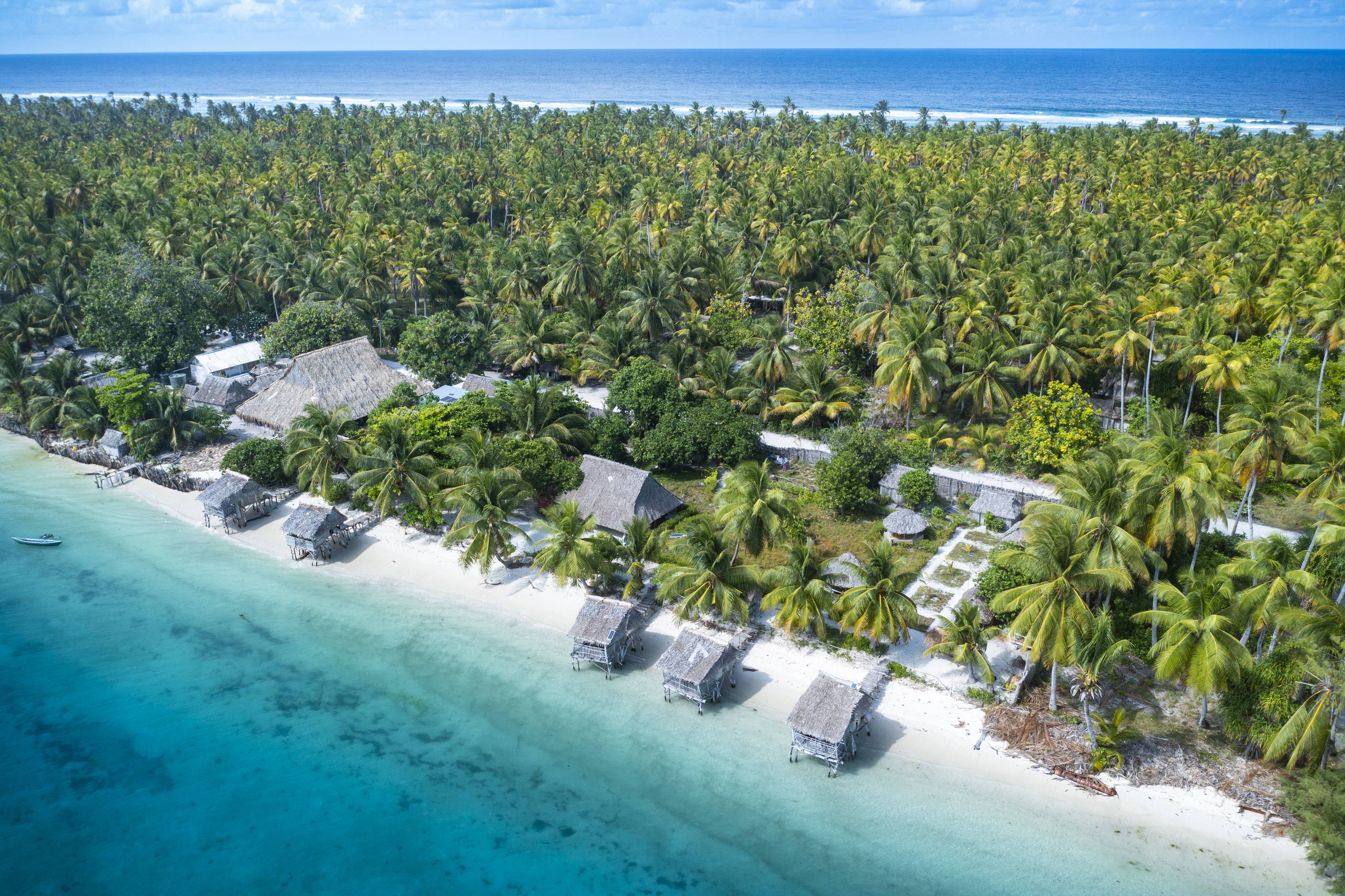
SCP Context
National SCP context and Connection to the Global Agenda: nature, tourism and resilience
The Kiribati government has adopted the Kiribati Vision 2040 (KV20) as the overarching framework for sustainable development, leading to successive 4-year plans, the last covering 2024-2027, aimed at implementing the KV20, which envisions a sustainable, healthier, wealthier, and more peaceful nation. [1] The KV20 plan, covering the period from 2016 - 2036, aims to cultivate a supportive environment and harness societal gains from the key economic pillars of tourism and fisheries. Kiribati is actively implementing its long-term vision and development plans, with a focus on sustainability, climate resilience, and improving the lives of its people. [2] In 2018, Kiribati launched its first Voluntary National Review, which covered SDG12, specifically focusing on solid waste management.[3] The Environment Conservation Division launched the Kiribati Waste Management and Resource Recovery Strategy (KWMRRS 2020 - 2030) as a critical policy instrument to oversee the management of solid, chemical, and hazardous waste.[4] The Tourism Authority Kiribati also launched the Kiribati Sustainable Tourism Development Policy Framework Towards 2036. This framework outlines Kiribati’s sustainable tourism goals, aiming to achieve a suitable balance between the environmental, economic, and socio-cultural impacts of tourism to ensure its long-term sustainability in Kiribati. [5]
Challenges
- Due to the limited land space and fragile environment, waste and other debris pose a serious threat without suitable disposal and management methods.3
- Climate change poses a significant threat to Kiribati, endangering the crucial tuna fishery due to shifts in tuna migration and spawning patterns in the Pacific. [6]
- Integrate climate action into development amid WASH issues, rising sea levels, overpopulation in South Tarawa, and brain drain of skilled workers.
- Limited institutional and financial capacity to effectively monitor and implement the SDGs.3
- Limited financial resources to meet its national needs, especially regarding the construction of necessary infrastructure and increasing personnel.1
- Lack of progress in utilizing human resources effectively, improving health, providing sufficient jobs for school graduates, and enhancing sanitation and waste management.1
Priority sectors
- Developing natural capital in Kiribati involves making the most of fisheries and marine resources, increasing tourism's contribution to the GDP, supporting inclusive trade and private sector growth, and improving land use and planning for more commercial development.2
- Improving infrastructure is essential as a backbone for providing basic services and creating an enabling environment for the development of fisheries and tourism2 , fostering innovation and green entrepreneurship among local businesses
- Addressing the impacts of climate change and sea level rise, including through climate-smart technology and infrastructure development.
- Improving connectivity between Kiribati’s widely dispersed islands and overcoming the challenges of geographic isolation through safe, sustainable, and inclusive transport and communication systems.
- Developing and promoting guidelines for climate-resilient, eco-friendly accommodation, drawing on traditional building methods, material use efficiency and alternative energy.
- Developing programs to guide tourism business operators in adopting resource efficiency and waste management practices4, supported by the adoption and application of sustainable tourism standards
Opportunities
- Replicating and expanding the participatory and inclusive consultative process of the Vision KR20, while developing the 4-years development plans, involving all concerned ministries, business and civil society, ensuring collective identification of needs and benefits in priority sectors.
- Promoting media and telecommunications connectivity as a tool to raise awareness and induce efficiency and resilience in all sectors.
- Strengthening sustainable tourism through government support and SCP-driven circular business models like eco-tourism and local product development.
- Aligning national tourism standards with the regional ones for collective impactful action
- Building trust in the fisheries sector through community participation, improving the value chain, and enhancing international infrastructure connectivity for efficient and reliable transportation of Kiribati fish to existing and potential markets.
- Tourism systems integrating renewable energy, local procurement, and low-carbon design reduce emissions and enhance climate resilience.
[1] Government of Kiribati. (2020). Kiribati Development Plan 2020 - 2023
[2] Government of Kiribati. (2016). Kiribati 20 Year Vision 2016 - 2036
[3] Government of Kiribati. (2018). Kiribati Voluntary National Review and Kiribati Development Plan Mid-Term Review
[4] Environment and Conservation Division. (2020). Kiribati Waste Management and Resource Recovery Strategy 2020 - 2030
[5] Tourism Authority Kiribati. (2021). Kiribati Sustainable Tourism Development Policy Framework Towards 2036
[6] SeafoodSource. (2022). Study of Kiribati economy finds it is over-reliant on tuna fishery


